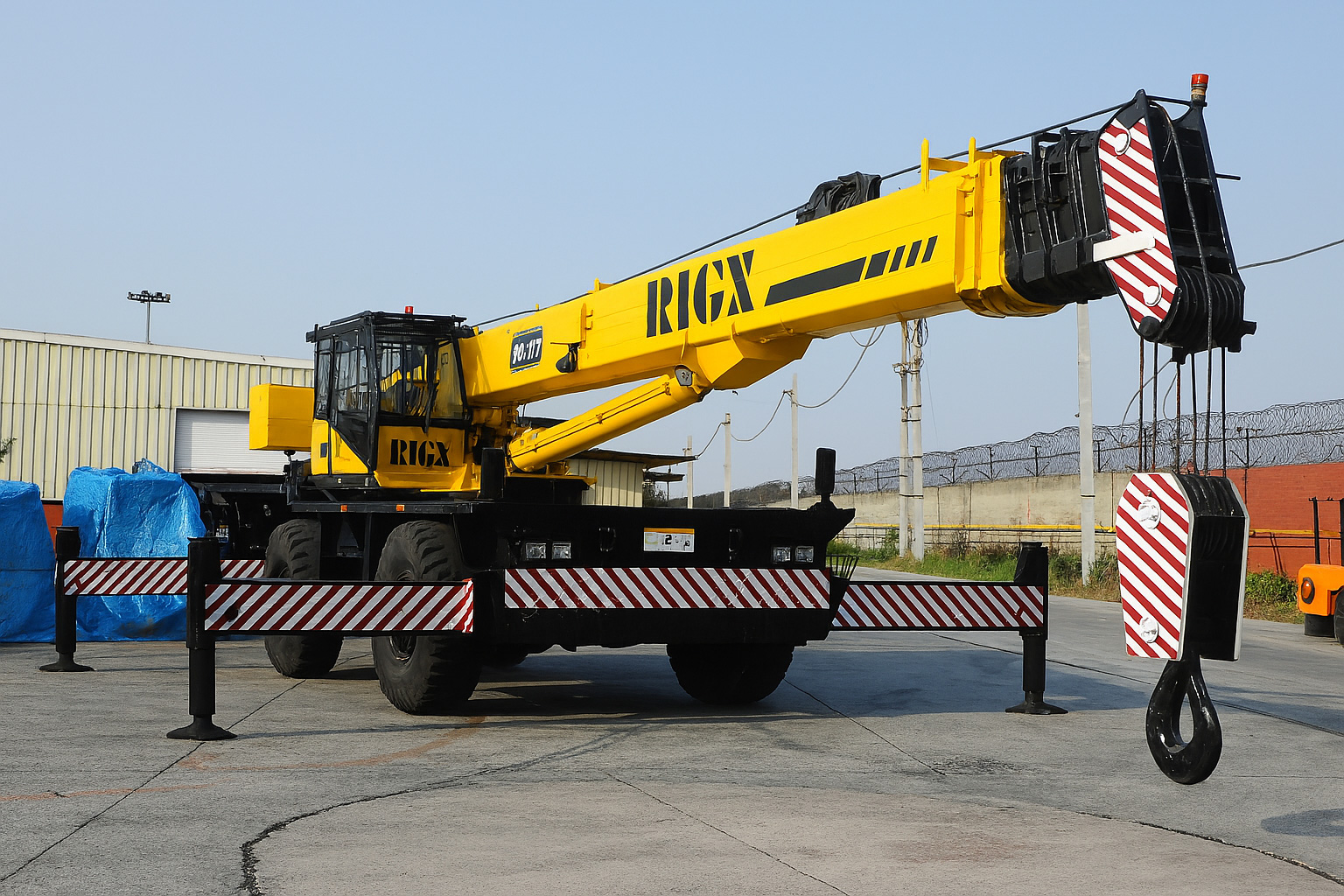AUGUSTA, GEORGIA
Augusta’s Cyber Boom: Heavy Lifts for a High‑Security, Five‑Nines Future
Augusta, Georgia has quietly become one of the fastest‑growing cyber and data‑center hubs in the Southeast. Since the $100 million Georgia Cyber Center opened on the Savannah River, a wave of public‑ and private‑sector projects has followed—ranging from new U.S. Army Cyber Command facilities at Fort Eisenhower to multi‑gigawatt data‑center campuses in neighboring Columbia County.
Behind the headlines is a logistical reality few owners plan for early enough: these facilities require moving and setting ultra‑heavy, highly sensitive equipment inside sites with tight security, live utilities, and aggressive “five‑nines” uptime targets. That’s where a true specialized rigging partner earns its keep.
1.Augusta’s Cyber Boom in Numbers
- Georgia Cyber Center: Two 5‑story towers totaling ~330 000 ft², purpose‑built for joint government–industry research.
- Fort Eisenhower Cyber Campus: Ongoing demolition and rebuild program worth $163 million+ to modernize the Army Cyber Center of Excellence.
- Columbia County Data‑Center Park: Early plans show 29 buildings—about 8 million ft²—plus six on‑site substations to feed the load.
Each project introduces a new supply chain of generators, chillers, transformers, diesel tanks, battery racks, and modular “white spaces” that tip the scales at 50–200 tons per pick.
2. Why Cyber Infrastructure Is a Rigging Challenge
- Mission‑Critical Uptime – Many systems must stay live while parallel gear is swapped in, leaving zero room for error.
- Tight Security & Clearances – Fort Eisenhower lifts often occur inside SCIF perimeters; crews need vetted personnel and badging protocols.
- Micron‑Level Precision – Laser‑aligned couplings and vibration‑isolation skids are mandatory to meet ISO standards for server loads.
- Congested Urban Parcels – Downtown Augusta’s historic warehouse blocks offer narrow streets and low overhangs that complicate heavy‑haul routing.
- Rapid Market Timelines – Cloud providers expect new capacity online in as little as 18 months, shrinking the window for lift‑plan iterations.
3. Site Constraints Specific to Augusta
| Local Factor | Rigging Implication |
|---|---|
| Proximity to Savannah & Charleston ports | Coordinating multi‑state heavy‑haul permits and escorts. |
| Humid subtropical climate | Corrosion‑protected slings, real‑time load‑cell monitoring during sudden summer storms. |
| Historic downtown overlays | Street closures and crane placements must be negotiated with Augusta‑Richmond County months in advance. |
| Tornado & hurricane remnants | Seasonal lift‑planning that includes standby days and engineered tie‑downs. |
4. Capabilities a Specialized Partner Brings
- 3D Lift Planning & LiDAR Route Scans – Detect slab‑load or overhead clashes before the first truck rolls.
- Secure‑Facility Protocols – Badged crews, escorted tool control, and tamper‑evident rigging gear for classified areas.
- Cleanroom & ISPM‑15 Compliance – Crated lifts for semiconductor or battery‑material lines that share the corridor.
- Turnkey Scope – Heavy‑haul, crane, millwrighting, precision alignment, and fuel‑polishing under one PO—crucial for compressed schedules.
- Local Footprint – Rapid mobilization from Atlanta, Savannah, and Charlotte hubs keeps travel costs and response times low.
5. Safety, Standards & Documentation
Data‑center and DoD owners audit every bolt torque and sling inspection. A qualified rigging contractor will tie deliverables to:
- NFPA 110 for standby power installations
- ANSI B30 / ASME P30 lift‑planning standards
- OSHA 1926 Subpart CC crane ops
- Project‑specific QA forms uploaded to DCIM or Army COR portals within 24 hours of the lift
Augusta’s cyber future is bright—but only if the heavy hardware behind the bytes goes in flawlessly. RigX stands ready to keep Georgia’s new tech corridor powered, cooled, and online.
Contact us
Please fill out the form below.


